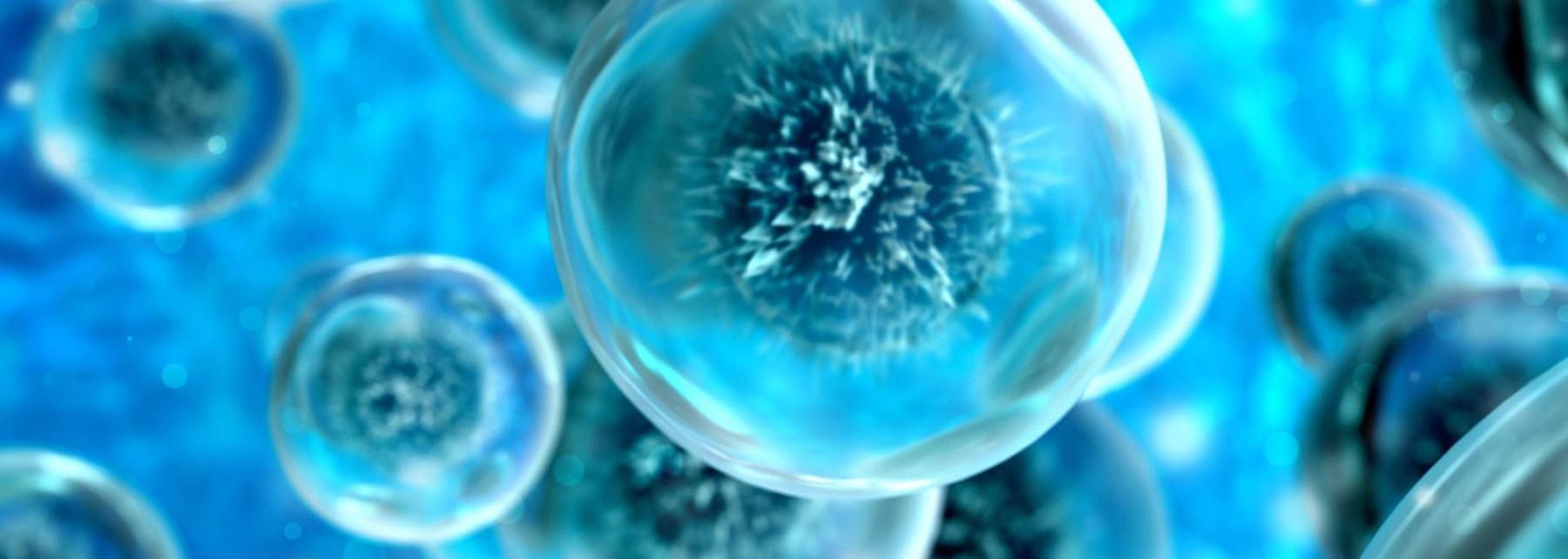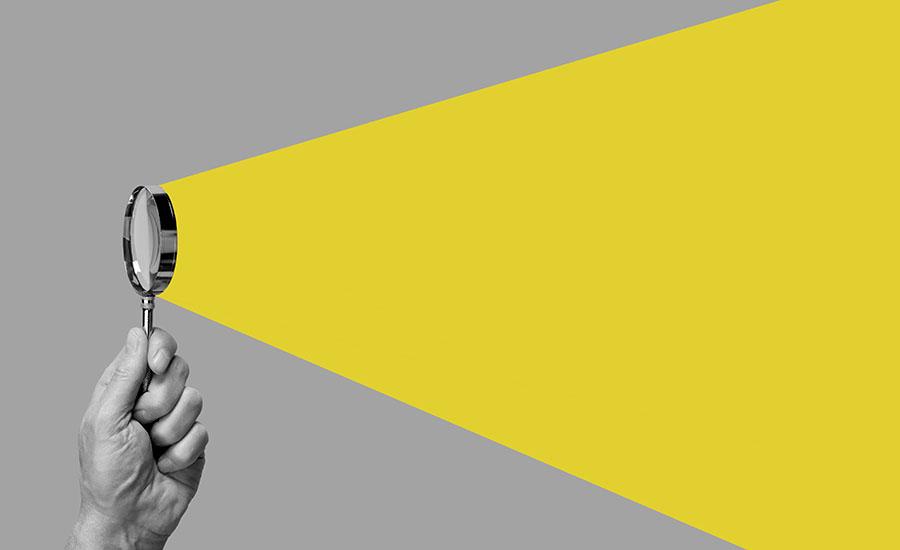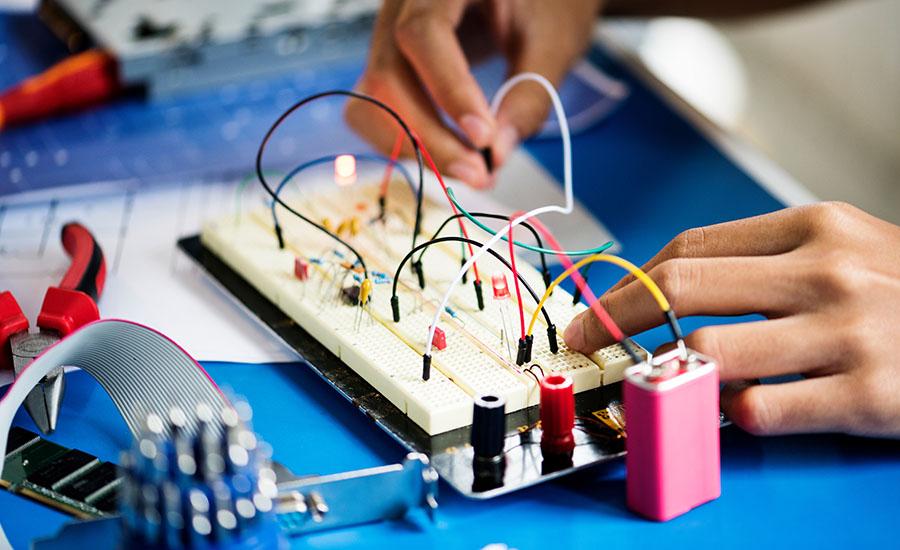
Soil Microbes
This lesson has an inquiry hands-on approach, students design a protocol to isolate microbes and test how efficient their method is by comparing with the class results. This is presented under the context of the antibiotic resistant problem. Students brainstorm, design and implement a protocol to isolate bacteria from soil. This can be a stand alone lesson or you can follow the series of lessons to further quantify, isolate, identify and test for antibiotic activity against tester strains.
Lesson Plan Link/URL
https://docs.google.com/presentation/d/1ES8lFGNPcErgQky7JVOMzDvq4kwzpnVY/edit?u…Related Content

This engaging lesson is an introductory lesson regarding the size and scale of the Universe and objects within. This was designed for high school Astronomy but is easily useable with ages down through

In this lesson, students explore glow-in-the-dark materials using regular flashlights and UV flashlights. They then add phosphorescence and the emission of EM energy to previous models of light and

This lesson allows students to investigate the relationships between current, voltage, and resistance using an Arduino board and electronic components, and through the PhET simulation: Circuit